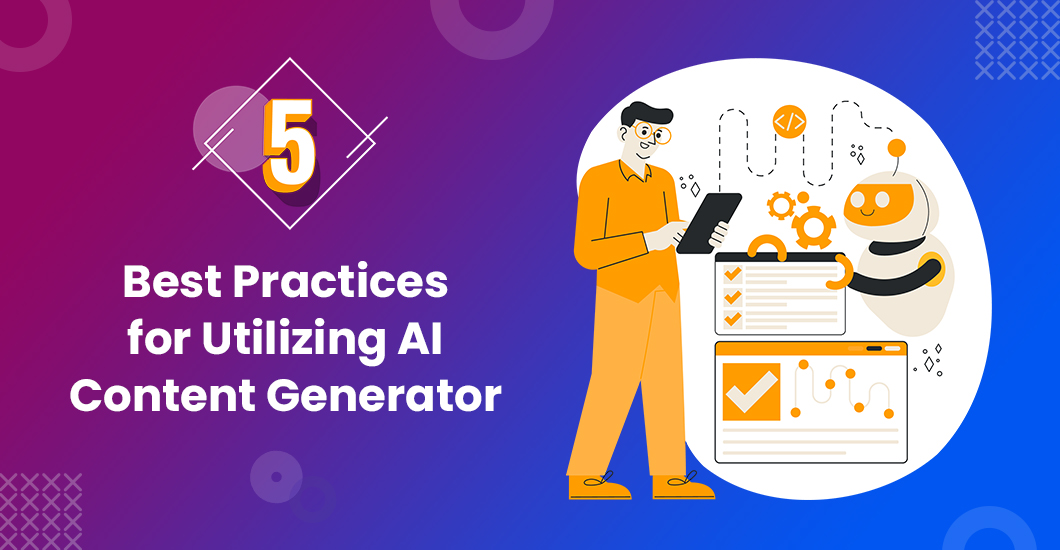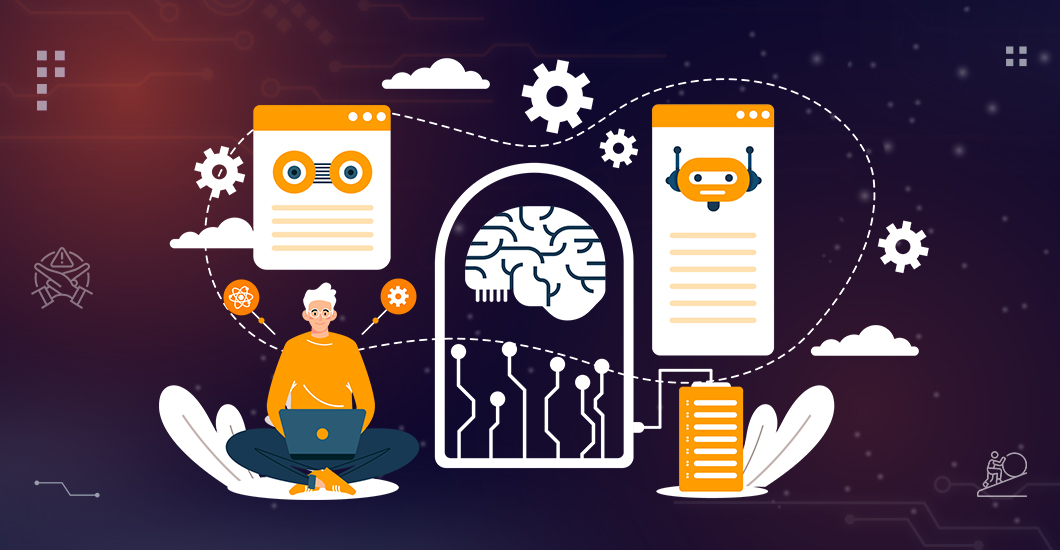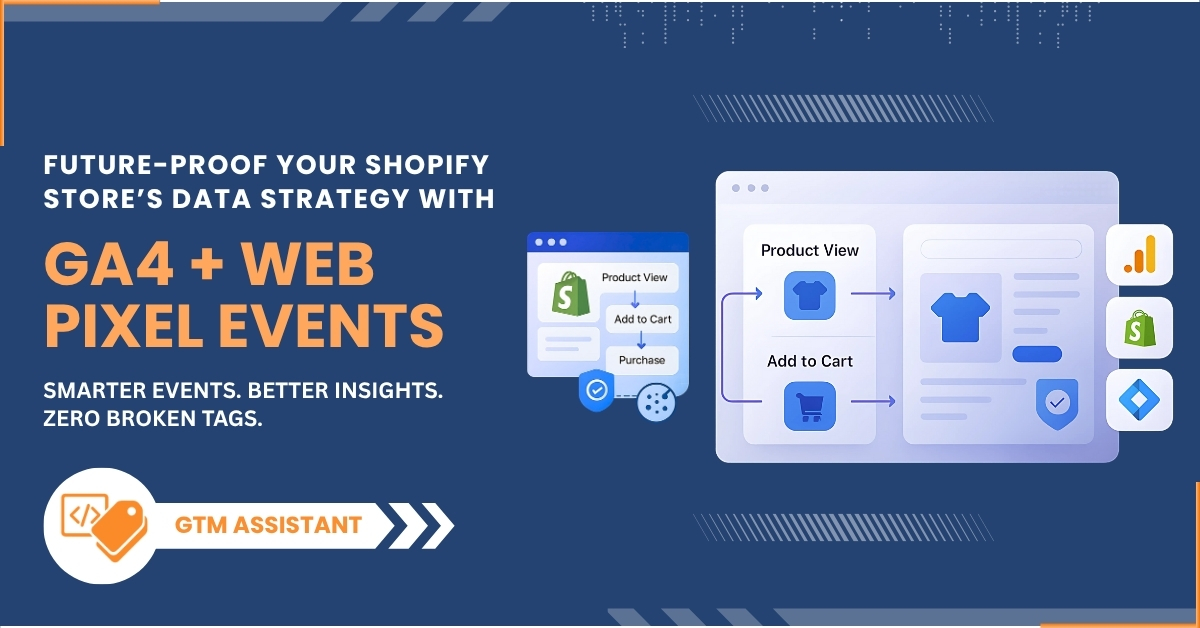The realm of content creation has undergone a transformative shift with
the emergence of
AI-powered content generators. In this section, we delve into the fundamental concepts that underpin
AI content
generation and its remarkable evolution over time.
5 Best Practices for Utilizing AI Content Generator




 June 24, 2025
June 24, 2025




 © 2023
© 2023